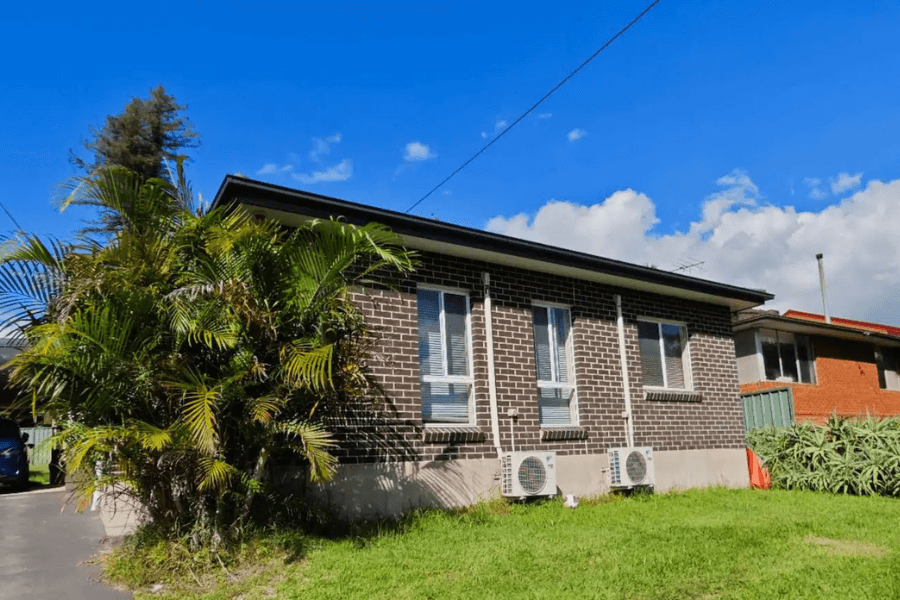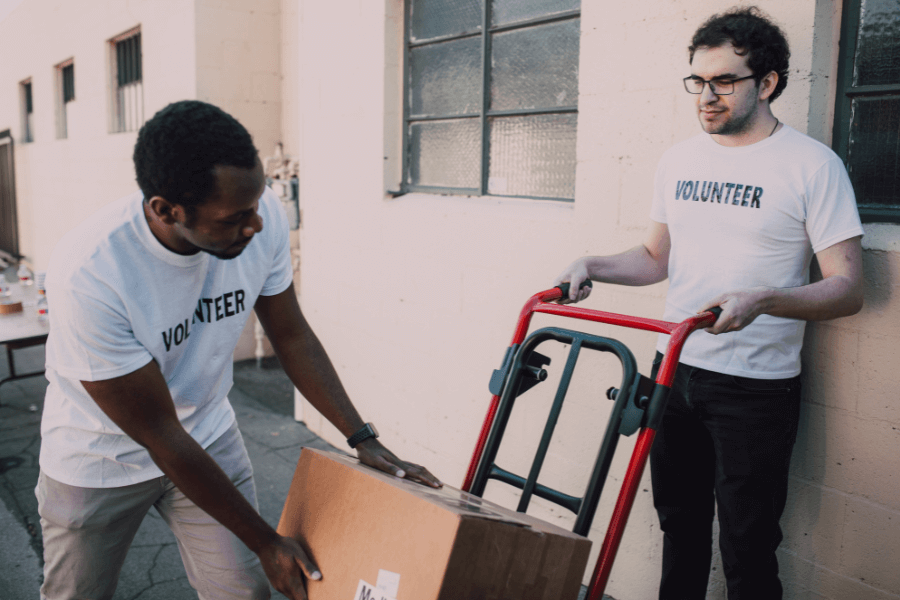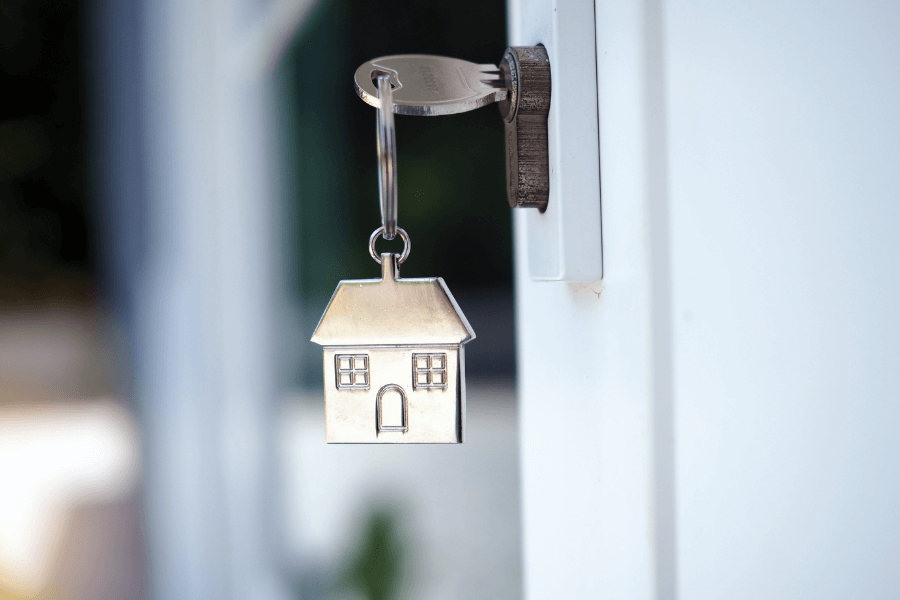Quick answer: To find affordable rental properties in Australia, widen your search area, apply early with a complete application, negotiate rent where possible, and explore government programs like Centrelink support, NRAS and priority housing if applicable. Affordable rentals can also be found in outer suburbs, shared homes, or smaller dwellings like studios and granny flats.
With rent prices climbing across much of the country, many Aussies are asking the same thing: how do I find affordable rentals that won’t break my budget? This guide covers practical ways to locate cheaper housing options, understand schemes like NRAS, and explore your rights and support options. Whether you are renting privately or applying for affordable housing rentals, we’ll help you navigate the system and improve your chances of securing a home that fits your household income.
Topics in this article:
How to find cheap rentals near me?
Finding cheap rentals takes a mix of persistence and strategy. Here are some tried and tested approaches:
- Widen your search radius: A few suburbs further out from the CBD can make a big difference in weekly rent.
- Look at older stock: Affordable property rentals are often older but well-kept homes that landlords price below new builds.
- Shared accommodation: Splitting rent with housemates can bring cheap rentals within reach of moderate income households.
- Act fast: Save your searches, set alerts, and apply as soon as listings go live. Agents often receive dozens of applications for affordable housing rentals.
- Check social channels: Local Facebook groups and community noticeboards sometimes list off-market or lower-cost rentals. Always insist on a written lease and stay vigilant though.

Is negotiating rent recommended?
Yes, especially if you can offer something valuable in return. For example, offering to sign an 18–24 month lease or pre-paying a few weeks of rent can sometimes encourage landlords to accept a lower weekly rent. Negotiation works best when comparable properties nearby are advertised at lower market rents that you can refer to.
What is a rent affordability check?
Property managers use affordability checks to make sure you can comfortably pay rent. The most common rule of thumb is that rent should not exceed 30% of household income. For instance, if your household earns $1,200 per week, an affordable rent would be around $360 or less.
How do you pass the affordability check?
To pass, prepare clear evidence of your income (payslips, Centrelink statements, or bank records) and show you can meet market rents without hardship. A stable job, savings buffer, and strong rental history all help. If your income is moderate and you are applying for affordable property rentals, highlight your reliability as a tenant in your cover note.
What is the cheapest housing option?
Cheapest housing options vary, but often include:
- Granny flats or studios: Small, self-contained dwellings behind larger homes.
- Shared houses: Reducing costs by splitting with others.
- Outer suburban rentals: Homes further from CBDs are typically cheaper.
- Community or affordable housing: Locations that can be provided where eligible.
For those on a moderate income, these options can be more manageable than trying to pay rent in high-demand inner suburbs.

Can Centrelink help you find a house?
Centrelink does not directly find homes for you, but it provides support that can help you afford rent. The most common is Rent Assistance, an extra payment on top of your benefit if you are renting in the private market or community housing.
Can I rent if I am on benefits?
Yes, many Australians receiving Centrelink payments rent in the private market or apply for affordable housing rentals. Landlords and agents may ask for evidence of regular income, so bring Centrelink statements along with your application. Some local government and not-for-profit housing providers also prioritise people on benefits for affordable rentals.
What is the National Rental Affordability Scheme (NRAS)?
The NRAS was introduced to boost the supply of affordable housing rentals for eligible households. Properties in the scheme are rented at least 20% below market rent, with the government providing incentives to landlords in return.
Who is eligible for NRAS housing?
Eligibility depends on household income. Applicants must be Australian citizens or permanent residents and meet the income thresholds set by the scheme.
What is NRAS income limit?
The income limit varies by household size. For example, a single adult must earn below a set threshold, while families are allowed higher combined incomes. These thresholds are updated each year to reflect changes in living costs.
How do I claim NRAS?
You cannot apply directly to the government. Instead, you apply for an NRAS property when advertised by approved housing providers or real estate agents. You will need to provide proof of income and meet eligibility criteria.
How much is the NRAS incentive?
Property owners receive an annual tax-free incentive from the government in return for charging below-market rent. This incentive helps them cover the gap while keeping rents lower for tenants.
How long is NRAS valid for?
Each NRAS property agreement is valid for 10 years. During that period, it must be rented to eligible tenants at reduced rates.
What happens after NRAS ends?
After the 10-year period, landlords can choose to keep charging below market rent or return the property to standard market rents. Tenants may need to renegotiate terms or look for other affordable housing options if rents rise.
Is NRAS public housing?
No, NRAS is not public housing. It is part of the private rental market, with properties managed by real estate agents or approved providers. Obtaining an NRAS property can be competitive due to limited supply and specific eligibility criteria.
What is affordable housing?
Affordable housing refers to homes offered below market rents to people on low or moderate incomes. These properties are often provided by not-for-profit housing organisations or through partnerships with developers and government.
What deposit do you need for affordable housing?
If you are renting, there is no deposit in the buying sense, but you will usually need to pay a rental bond. This bond is normally four weeks’ rent and is lodged with your state’s rental bond authority. If you are looking at affordable housing property through shared equity or purchase schemes, deposits vary but are generally lower than standard market deposits.
What is priority housing?
Priority housing is a system where people in urgent need, such as those experiencing homelessness, family violence, or serious medical issues, are moved higher up the waiting list for public or community housing.
How to get priority housing?
You apply through your state’s housing authority. You’ll need to provide detailed evidence of your circumstances. Local government and community housing providers may also assess you for urgent placement based on vulnerability.
What is the difference between public housing and community housing?
Public housing is owned and managed by state and territory governments. Community housing is run by not-for-profit organisations. Both aim to provide affordable rentals to people on low incomes, but community housing providers often also offer support services tailored to tenants’ needs.

Cheapest suburbs to live in Australia
If you are open to moving, some suburbs around the country consistently offer more affordable property rentals:
- NSW: Inland towns and regional hubs like Wagga Wagga or Broken Hill.
- VIC: Bendigo, Ballarat and outer suburbs such as Melton or Werribee.
- QLD: Regional centres like Toowoomba, Rockhampton and Townsville.
- SA: Elizabeth and Salisbury areas offer cheap rentals near Adelaide.
- TAS: Launceston and Devonport are often cheaper than Hobart.
- WA: Kalgoorlie and Geraldton provide affordable housing rentals compared with Perth.
Remember, while rent may be cheaper, factor in travel costs, job opportunities and services in the area before committing.
Key takeaways
- Affordable rentals are often older stock, outer suburbs, shared homes or smaller dwellings.
- Rent should not exceed 30% of household income. Agents check this with an affordability test.
- Government support like Centrelink Rent Assistance and NRAS can reduce costs.
- Public and community housing exist for those on low incomes, with priority housing for people in urgent need.
- Some regional and outer suburban areas remain the cheapest suburbs to live in Australia.
Looking for your next place? Save time by setting up Homely Alerts to catch new listings first. Organise your shortlist with Homely Collections, and read real street and suburb reviews to understand the community before you move. Homely makes it easier to find a rental that truly feels like home.
This article is general information only. Always check the latest government eligibility criteria for housing support in your state or territory.





